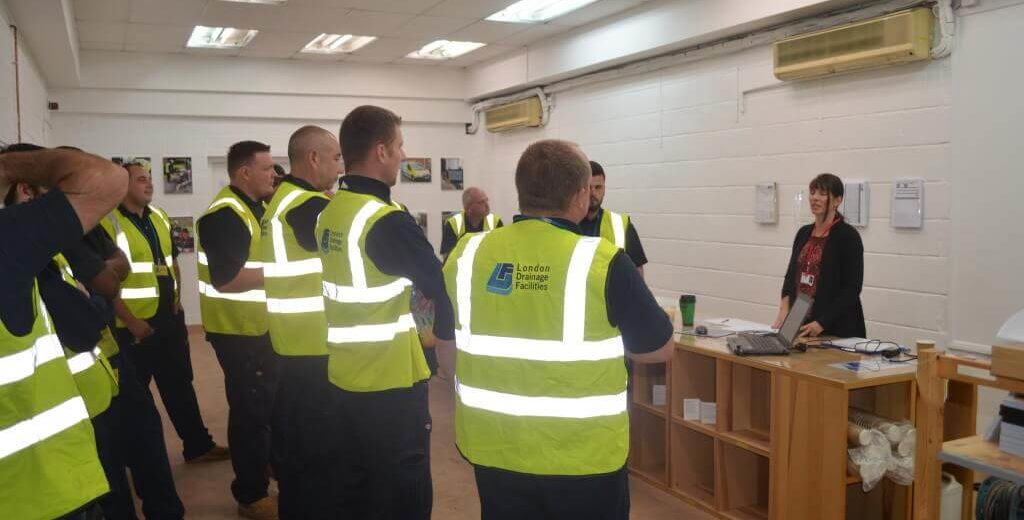
What Type Of Responsibilities Executed By Concrete Drainage Contractors?
Concrete storm drainage contractors are eventually hired whenever construction work involves the installation of effective drainage systems
. Without an iota of doubt, storm drains are, arguably, one of the mst essential marvels of the modern world in terms of engineering. They are utilised to effectively carry rainwater to prevent flooding in streets and surrounding regions.
In a majority of occasions, concrete storm drain contractors carry out work that is associated with municipal jobs. Drainage systems are successfully positioned throughout communities, be it residential neighbourhoods, shopping malls, industrial parks, and highways and roadways.
The primary role of public systems is to effectively manage water that eventually accumulates during heavy rains or snow melt. Development of plans and installation of pipeline for municipal projects are exhaustive processes that definitely involve several individuals.
A majority of people are familiar with gutters on the street and sidewalks. This equipment offers an opening for storm water to successfully enter the system. After water passes through the existing gutters, it ultimately enters a catch basin and passes through a chain of underground pipes till it reaches a point of release.
Release points are usually large water bodies, including rivers, lakes, and oceans. That being said, water is occasionally transported to man made retention ponds, where water is stored for a specific duration until it can be eventually released or transported to another location.
If system components are wrongly installed by drainage contractors or have frequent mechanical breakdowns, the system will lack the ability to handle a storm surge. Due to the severe consequences that can occur because of system failure, equipment, too, needs to be serviced regularly. This generally includes flushing systems, eliminating debris from catch basins, and thoroughly inspecting all components.
One of the biggest challenges when it comes to drainage systems is controlling pollutant levels. Because storm drains need to promptly get rid of water, it is almost impossible to include filtration systems. Doing so would eventually bog down the system and eventually do more harm than good.
Public systems surely make use of water and oil separation devices for minimising the quantity of synthetic oil that is eventually discharged into waterways. Petroleum products cause havoc when it comes to aquatic life and can completely wipe out whole ecosystems.
Moreover, engineers are regularly testing filtration systems that can be successfully utilised in public drainage systems. A few that are currently in usage include stormwater chambers, fossil filters, fabric filters, and geomembrane liners. Each of these has proven to be successful in lessening the total amount of debris that eventually passes through the drainage systems.
Design engineers carry out multiple calculations in determining which pipe dimensions are ideally suited for the project. The ultimate rate at which water can effectively flow through pipes is often regulated by specific individual municipalities. If the rate surpasses permissible levels, engineers need to include plans for underground storage tanks or retention ponds.
Without doubt, installation of public drainage systems is a highly complex task that needs to be carried out by skilled storm drainage contractors. Always set aside time to probe pipeline companies and make sure that they possess the requisite experience that is needed for the job.